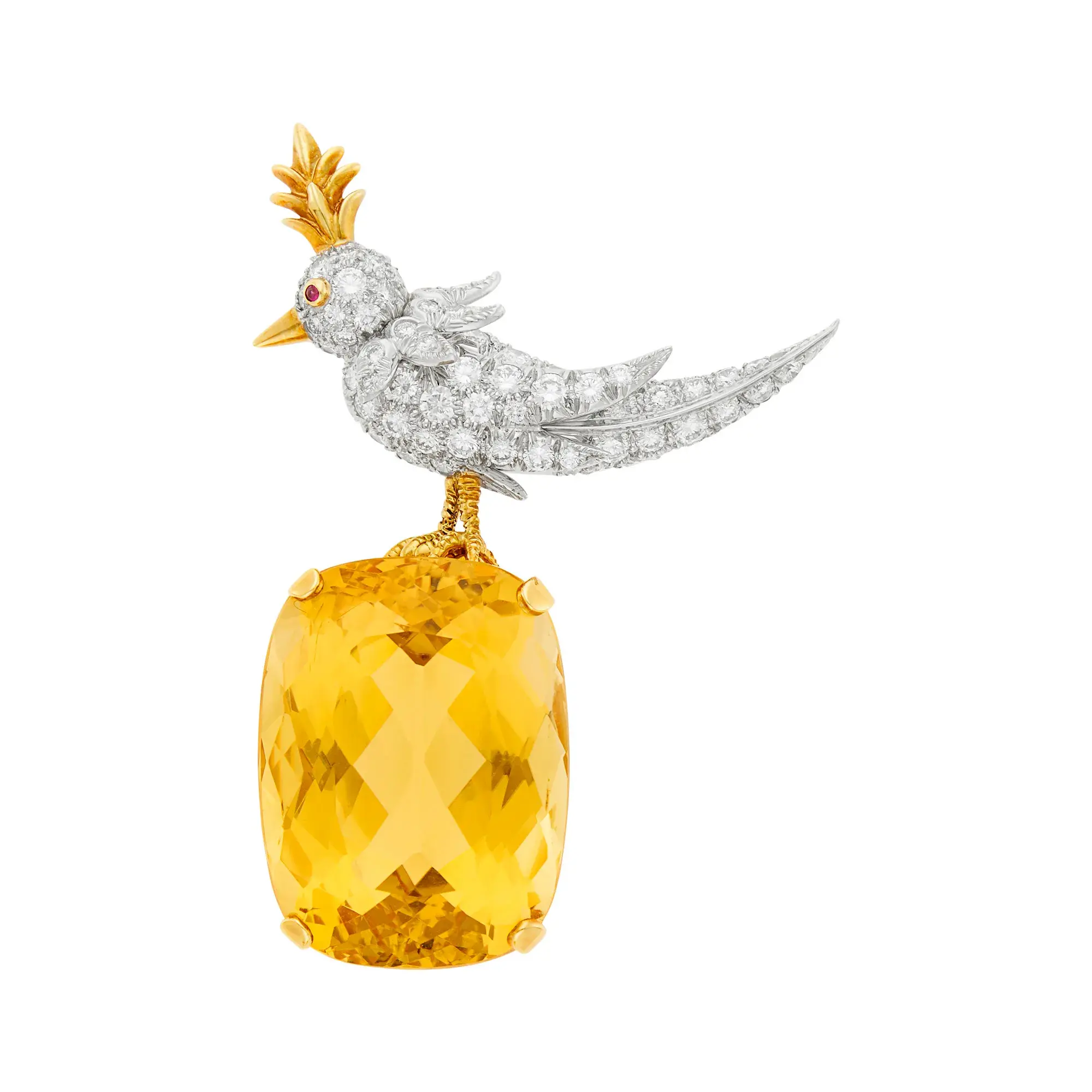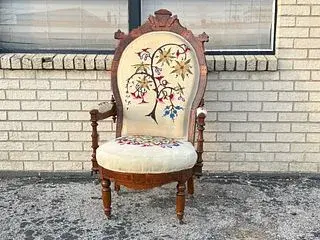
Blue-colored ceramics gained significance in China during the Tang dynasty. The blue-glazed porcelain pieces got their distinctive color from cobalt, imported from Persia. At the time, cobalt was scarce and only used in limited quantities. Blue and white pottery and porcelain gained broader recognition during the Qing dynasty. A pair of blue and white porcelain bowls are among the featured items in the upcoming Asian Art & Antiques – Ceramics and Works of Art sale, presented by Oakridge Auction Gallery.
Flambé glaze, popularized during the Qing dynasty, is also highlighted. The emperor at the time, Yongzheng, commissioned potters at the imperial factory to recreate the Jun ware of the Song dynasty. However, instead of recreating the classic Jun ware, the potters accidentally produced a new glaze with red and blue streaks. An Imperial Chinese flambé vase with a Xianfeng mark at the bottom is a featured lot. The vase has a quatrefoil-shaped mouth and bears relief impressions of a peach on the front and back. Completing the auction is an early 20th-century Yixing teapot with a lion on the lid. To view these items, visit Bidsquare.
Lot Categories:
Asian Works Of Art (302), Ceramics and Pottery (116), Sculptures & Carvings (109), Clothing, Costumes & Masks (21), Snuff Bottles (24)# of Lots:
302Price Range:
$100 - $25,000Interesting lots include:
| Item Image | Item Name | Estimate |
|---|---|---|
 |
Gilt Bronze Asura, Ming Dynasty, Yongle Period |
Estimate: |
 |
Pair of Imperial Blue & White Bowls, Yongzheng |
Estimate: |
 |
Imperial Chinese Flambe Hu Vase, Xianfeng |
Estimate: |
 |
Chinese Jade Carved Peach Cup, Ming Dynasty |
Estimate: |
 |
Chinese Yixing Teapot, Early-20th Century |
Estimate: |
Contact Info
Oakridge Auction Gallery
- 44675 Cape Court, 171, Ashburn, Virginia 20147
- 703-291-1010
- [email protected]
- https://www.oakridgeauctiongallery.com/

AuctionDaily
6303 Posts









